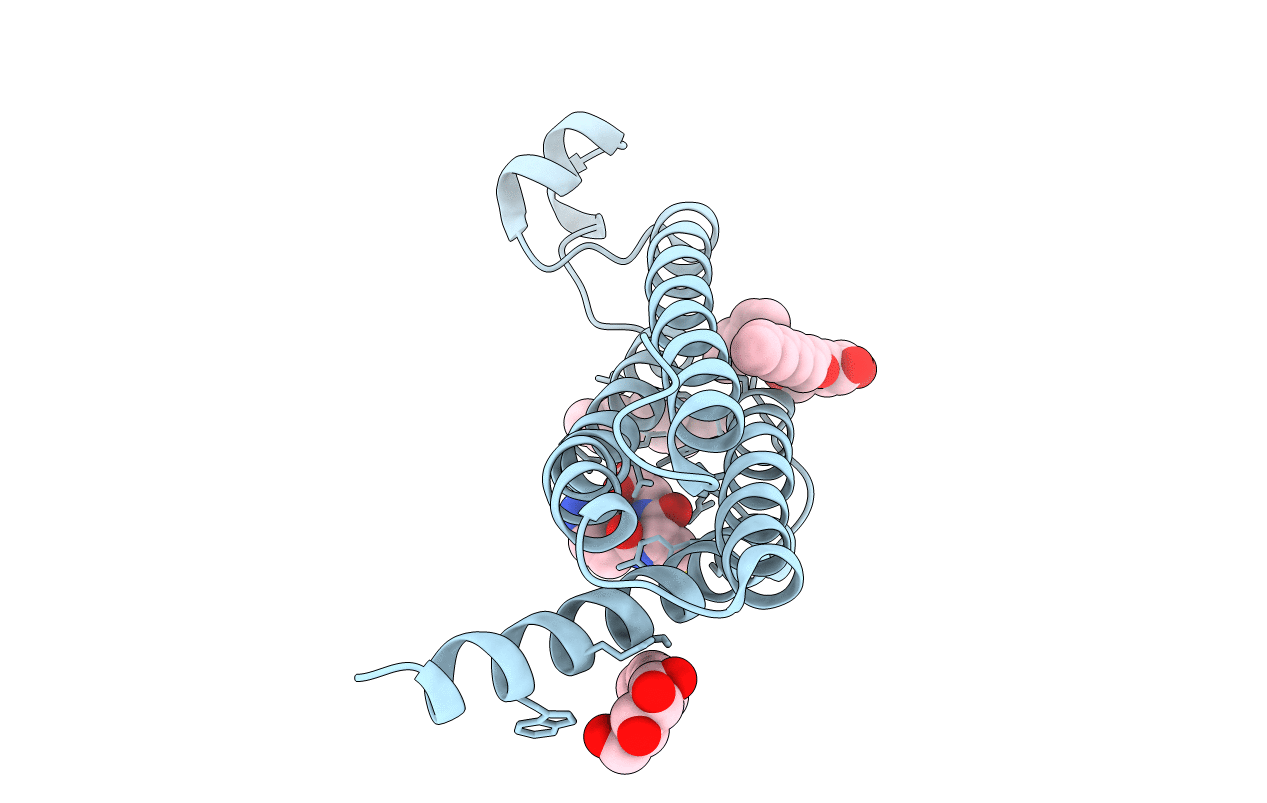
Deposition Date
2012-02-29
Release Date
2013-02-06
Last Version Date
2024-05-08
Method Details:
Experimental Method:
Resolution:
1.16 Å
R-Value Free:
0.12
R-Value Work:
0.12
R-Value Observed:
0.12
Space Group:
H 3


